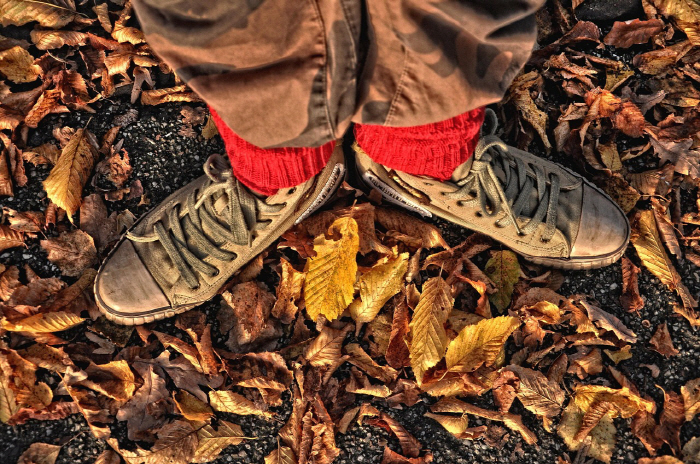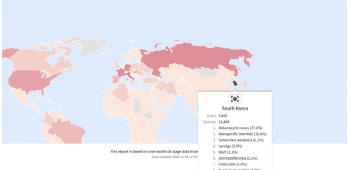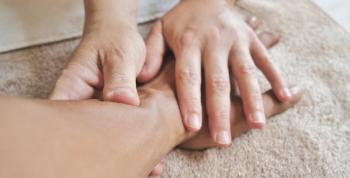Arthritis Risk Elevating Eightfold and Anjjang's Steps...Cartilage damage and knee pain with slight correction of the angle of foot ↓
Aug 14, 2025
|
According to the U.S. Centers for Disease Control and Prevention (CDC), one in seven Americans have osteoarthritis and often appear in the inner part of the knee, and it is estimated that excessive loads on the knee exacerbate the disease over time. Osteoarthritis, which is rapidly increasing with aging, is considered a major cause of disability, and generally alleviates symptoms with painkillers and physical therapy, and if it worsens further, it leads to receiving knee artificial joint replacement.
In this regard, a joint research team from New York University, Utah University, and Stanford University, recently published in the medical journal Lancet Rheumatology, found that correcting the angle of the foot and other steps can relieve knee pain and slow the rate of articular cartilage degeneration.
In the study, the team conducted a randomized comparative clinical trial of 68 patients with knee arthritis (average age of 64.4) to see if changing the angle of putting your feet when walking can reduce the additional load on the joint and help treat arthritis.
By analyzing the participants' walking on the treadmill, they calculated the maximum load on the inside of the knee and estimated which reduces the knee load the most if the foot direction is corrected by 5 or 10 degrees inward or outward when walking. Patients were then randomly divided into two groups and trained six times for half of the intervention group to walk at a foot angle that could reduce knee load, and the other half of the control group was allowed to walk in the existing posture before measuring the change by pain score and MRI a year later.
As a result, those who adjusted their foot angle reduced their pain score by 1.5 points on a 10-point scale, but those who did not change their gait only decreased by 1 point. This is the same level of effect as taking over-the-counter painkillers. In fact, those who corrected their gait showed a 4% decrease in the maximum load on the knee and a slower rate of cartilage degeneration in the inner part of the knee, but those who maintained the existing walking pattern increased the load by more than 3%.
The research team explained that the results of this study show that adjusting the foot angle to suit each patient's walking pattern can alleviate knee arthritis symptoms and slow cartilage damage in the long run.
This article was translated by Naver AI translator.














